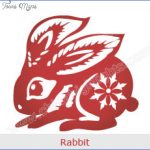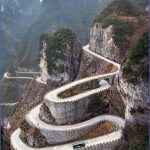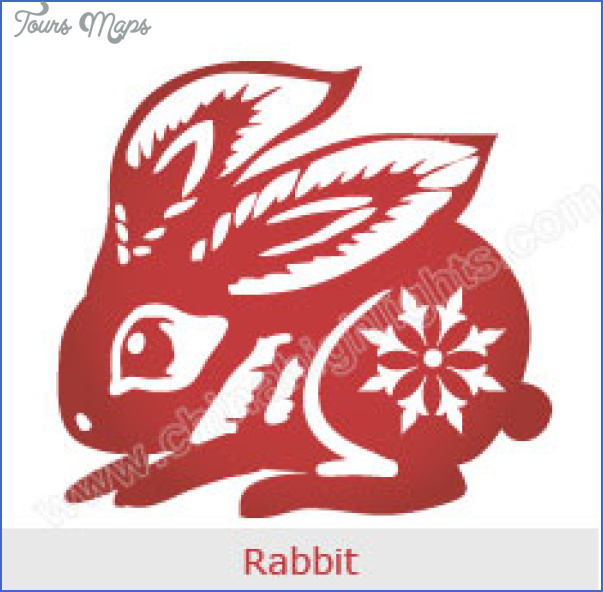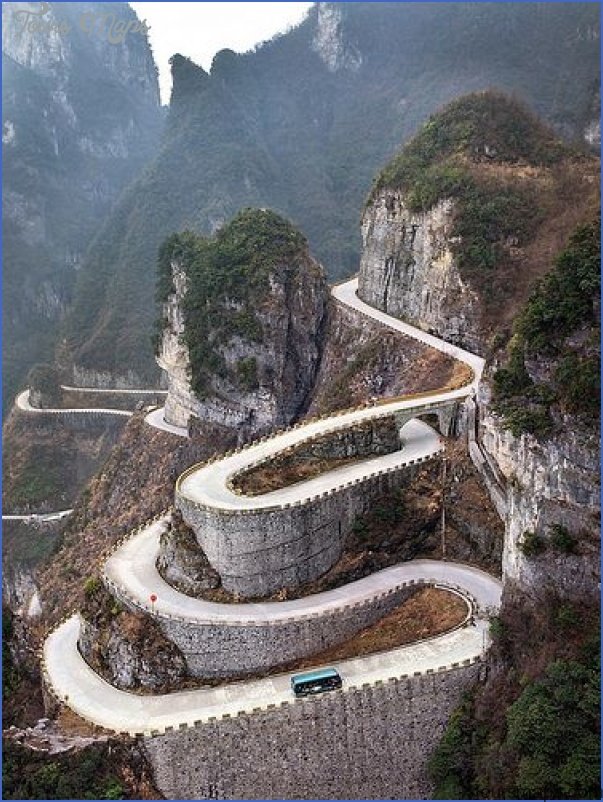It is six hours by train from Nanjing and eleven from Shanghai. By air it is a two-hour flight from Beijing or Canton and one hour from Shanghai; there are also air links with other major Chinese cities.
The town’s history goes back over 2000 years, to the Western Han period (206 b.c. to a.d. 8). Even then it was an important trading centre for agricultural products, cattle and handicrafts. Hefei was a military base during the time of the Three Kingdoms (220-265) and again under the Southern Song
In 1949 it was made the capital of Anhui province. Since then politics, industry, culture and science have set the tone of the town. The well-known University of Science and Technology is here.
The platform erected in the east of the town, 5m/161/2ft tall and 3700sq.m/44440sq.yd in area, was erected in the 2nd c., on instructions from Cao Cao, the chancellor of the state of Wei, for the purpose of providing instruction in the use of the crossbow. 500 bowmen were trained here to defend the town. On the platform stands a fountain, dating from 269, the balustrade of which is marked by deep furrows where it was used to sharpen arrows.
The Temple of Clear Instruction, built in the mid-1800s, replaces an 8th c. Buddhist temple.
Adjoining the Platform for Instruction in Crossbow Shooting on its northeast side lies the Park of the Easy Ford, which covers 2ha/5 acres. A lake is surrounded by flower beds and lawns. The park also contains a monumental tomb which once housed the helmet and armour worn by General Zhang Liao ofthe Wei Empire. It was here that the General put the Wu army to flight in 215.
The Temple of Bao in the south-east of the town, at the western end of tranquil Baohe Gongyuan Park-was built in 1882 on the foundations of a Heilongjiang 14th c. temple and restored in 1946, It stands on the spot where Bao Zheng (999-1062), a native of Hefei and holder of various high offices including those of prefect of Kaifeng and vice-minister, pursued his studies. He was very popular with the people because of his moral integrity and incorruptibility. He even condemned to death one ofthe Emperor’s sons-in-law.
Near the temple is a well roofed over by a pavilion. Popular tradition has it that its water suits honest officials but gives corrupt ones a headache.
Provincial On display in the museum are a large number of exhibits relating to the
Museum history of Anhui province.
The most valuable exhibit is a magnificent burial robe, made of little pieces of jade, in which a noblemen from the Han period (206 b.c. to a.d. 220) was buried.
Chinese travel guide compatibility Photo Gallery
Maybe You Like Them Too
- The Best Cities To Visit in The World
- World’s 10 Best Places To Visit
- Coolest Countries in the World to Visit
- Travel to Santorini, Greece
- Map of Barbados – Holiday in Barbados




